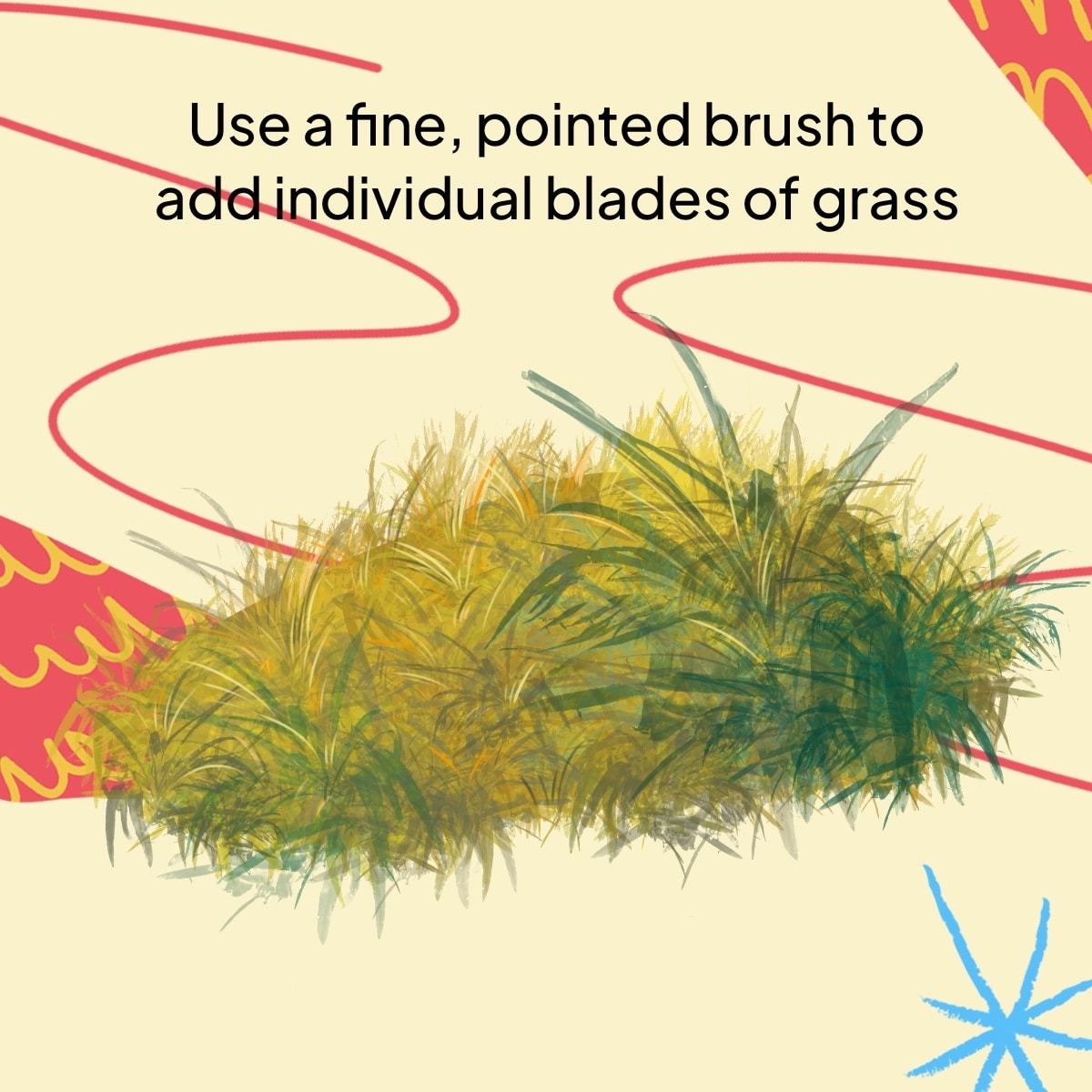Grass is a common element in many landscape drawings and paintings. It can add depth and realism to your artwork, but it can also be tricky to get just right. Whether you’re a beginner or an experienced artist, mastering the art of drawing grass can take your work to the next level.
When it comes to drawing grass, there are a few key techniques that can help you achieve a realistic and natural look. By following these tips and practicing regularly, you can improve your grass-drawing skills and create stunning landscapes.
Techniques for Drawing Grass
1. Start by sketching the outline of the area where you want to draw grass. Use light, quick strokes to create the basic shape of the grassy area. This will serve as a guide for adding more detail later on.
2. Use a variety of pencil strokes to create the illusion of individual blades of grass. Experiment with different pressures and angles to achieve a more realistic look. Vary the length and direction of your strokes to add depth and movement to your grassy area.
3. Add texture to your grass by using a stippling technique. This involves creating small dots or dashes to mimic the appearance of grass blades up close. Pay attention to the spacing and density of your stippling to create a natural and organic look.
4. Consider using different shades of green to add dimension to your grassy area. Lighter shades can be used to highlight areas that catch the light, while darker shades can add depth and contrast. Blend and layer your colors to create a more realistic and dynamic grassy landscape.
5. Don’t forget to add details like shadows, highlights, and reflections to enhance the realism of your grassy area. Pay attention to the light source in your composition and use shading techniques to create depth and dimension in your grass drawing.
In conclusion, drawing grass can be a challenging but rewarding skill to master. By practicing these techniques and experimenting with different styles, you can improve your grass-drawing abilities and create beautiful landscapes that come to life on the page.
